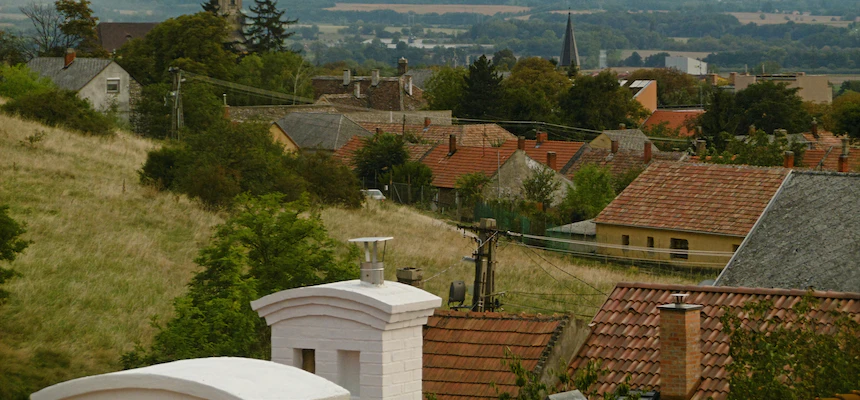
Giovanni Gaetano Orsini, later Pope Nicholas III, was a Roman born around 1225. His parents were Matteo Rosso Orsini and Perna Caetani. His was a prominent family; at least three of his brothers held influential positions later in their lives.
He got an early start in the Curia during a very turbulent political time.
On 28 May, 1244, Pope Innocent IV, at his first consistory, named Orsini cardinal deacon of San Nicola in Carcere. Then, five cardinals, including Orsini, fled to Genoa with the pope. He stayed with the pope at Lyons for the ecumenical council in 1245. They stayed away from Italy until the death of Emperor Frederick II, who ruled Lombardy, in May 1251. At that point, they went from Genoa to Perugia, where the Curia stayed until April 1254. Then, Innocent chose to take a pilgrimage to Assisi and Agnani. In late October of the year, Innocent’s army went after Manfred, the regent of Sicily. The papal army was routed and Innocent escaped to Naples where he died December 7.
The papal election on 12 December saw the nephew of Gregory IX take the name Alexander IV. He was crowned at the Naples cathedral on 20 December. Soon after, Alexander named Orsini Protector of the Franciscans. Orsini’s father was close friends with St. Francis, so it made sense. After that, the Curia traveled around Italy for over five years. Alexander visited Rome with the Curia from November 1260 to May 1261. Then they went to the summer home in Viterbo, where the pope died in May.
In a long election, involving only eight cardinals, from 25 May to 29 August, Jacques Pantaleon was elected. He took the name Urban IV. In one early act, Urban nominated Orsini the first General to control the Inquisition. As Urban negotiated with Charles d’Anjou to take over the Kingdom of Sicily, he died in the fall of 1264.
This election also took time. Clement IV was not elected until 2 February 1265. Nor did this pope last very long, dying 29 November 1268. Unfortunately, the next conclave, this time, lasted even longer, until 1271. Three cardinals died and one left due to the terrible inconveniences accorded the cardinals. Teobaldo Visconti was voted in, taking the name Gregory X. Orsini was one of the signatories on a letter of complaint against the authorities of Viterbo for their involvement in the mess.
In 1273, the Curia, including Orsini, went to the Council of Lyons, where Gregory issued controls on how a conclave should be conducted. Immediately afterwards, Emperor Rudolf, was elected King of Germany and King of the Romans. Orsini stepped away until after Innocent V was elected.
The second conclave of the year, following Innocent’s death 22 June 1276, included Orsini. They followed the rules as established by Pope Gregory X. They elected the new Pope Adrian V on July 11. He sent Orsini and three others to negotiate with Charles of Sicily to swear fealty to Adrian. One of the first things Adrian did was suspend the regulations of the conclave as written by Gregory X. But he did not replace with other rules before he died on the 18th of August.
Riots began in Viterbo. The cardinals could not start the conclave until early September. But they quickly voted for the Cardinal Bishop Peter of Lisbon as Pope John XXI. John insisted that Pope Adrian’s suspension of conclave regulations was valid. He appointed Orsini as archpriest of St. Peter’s Basilica. Although he did not like the man, Orsini also successfully completed the negotiations with King Charles. Charles swore fealty to John and negotiated return of some land. Unfortunately, Pope XXI soon died from injuries sustained when the ceiling of his study at Viterbo came down.
Another conclave! Only seven cardinals attended. They negotiated for over five months when they finally elected Orsini on 25 November 1277. He took the name Pope Nicholas III.
The new Pope Nicholas worked to achieve his goals to loosen King Charles’ grip on the Church and Rome. He persuaded Charles to give up his position as a Roman senator after ten years of service. He also got him to give up the title of Papal Vicar for Tuscany.
Knowing the Franciscans as he did, he was able to settle strife between the strict and relaxed observances of the order.
Nicholas spent a fortune on repairing the Lateran and the Vatican churches. Then Pope Nicholas built a country house at Soriano del Cimino near Viterbo. That is where he died of a stroke on 22 August 1280.
Pope Nicholas III was accused of nepotism since three close relatives became cardinals and other friends took important positions. He is probably remembered most for the amount of history he was involved intimately with.
Internal link: https://www.lanternariuspress.net/pope-adrian-v-pope-for…/

Recent Comments